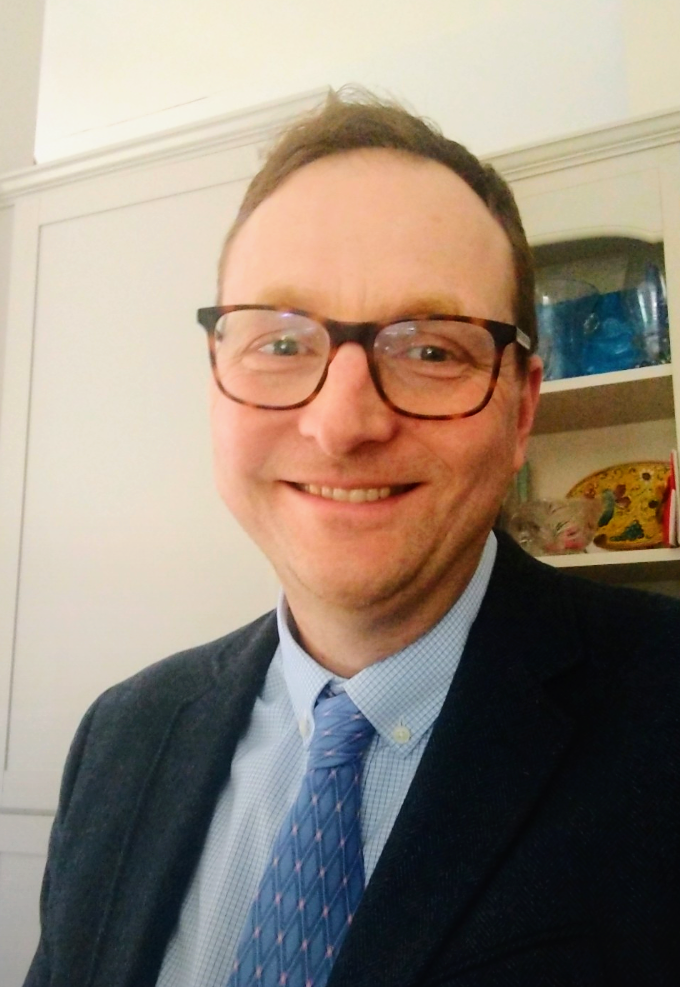How do we save global forests? A call to action from the Global Forest Summit
September 7, 2021

By Todd Waldron
“If only tropical deforestation were a country today, it would be the third-largest C02 emitter behind China and the United States.” This grim statement introduced the opening panel of speakers at the Global Forest Summit (GFS), which I attended virtually in March of this year. The conference was streaming from Paris, France, bringing together Jane Goodall, Pape Sagna Mbaye, Musonda Mumba, Louise Mabulo, and other conservation thought leaders from around the world to talk about the critical and complicated role that global forests play in addressing climate change and biodiversity loss.
Global forests face a wicked future
What makes a problem wicked? This term is not entirely new—experts attribute the modern use of the phrase to the design theorist Horst Rittel and professor C. West Churchman. They describe the term to include those problems that are “difficult or impossible to solve because of incomplete and contradictory information.” Virginia Tech faculty Drs. Bruce Hull, David Robertson and Michael Mortimer expand on the nature of wicked problems in their recent book Leadership for Sustainability: Strategies for Tackling Wicked Problems.
#1: Forest sustainability issues will get worse if we wait
A morning panel entitled “2021—The Momentum to Accelerate Forest Protection and Restoration” featured Jane Goodall as the keynote speaker to discuss the need for immediate action around forest protection and habitat diversity restoration. According to the panel, “Ten million hectares were deforested each year between 2015–2020, fueling global warming and biodiversity loss.” This panel emphasized the fact that while nature-based solutions need to accelerate, only a fraction of the funding is currently addressing ecosystem restoration. Forests are a key climate change mitigator, and the longer we wait, the harder it’s going to be to contain global warming to 1.5 ℃.
#2: Forest issues are multi-scalar
Forests are local to regional ecosystems and landscapes, but how we conserve them impacts the entire world. Chief Ninawa, Leader of the Huni Kui people, was the keynote speaker for the GFS panel entitled “Forests & Health.” According to this panel, forests play a pivotal role in food security (for 2.4 billion people), fuelwood for cooking, and clean water. They also cited that 28,000 medicinal plant species come from forest ecosystems. Regional forests have a major impact on the food security, health, and sovereignty of many indigenous communities. Their role in sequestering carbon and mitigating climate change brings their conservation and management to a global stage. As humans, we all need clean air and clean water to survive. This makes forest conservation around the world a wicked problem—what happens in Brazil impacts people in Mozambique.
#3: Authority over stakeholders is ambiguous
The world’s forests occupy landscapes on the ground that fall within discrete political boundaries, but the threats to forest sustainability and biodiversity transcend those boundaries and disciplines. We’re all stakeholders, but aside from the UN, European Union, and collaborative NGOs, clarifying who has the authority over much-needed global forest climate and biodiversity action is far from clear.
The GFS panel “Forests & Climate” addressed these complicated issues. Moderated by Thomas Friang of the Open Diplomacy Institute, the panelists tackled the wicked issues around authority and sovereignty. One topic that was addressed is the issue that “while the international business and public sector actors, including the European Union, commit to reforestation and restoration with an objective of 3 billion trees by 2030, the quality of the reforestation actions is at stake.” Just who is it that has control over this kind of issue?
#4: Long time horizons
Forests take decades or even hundreds of years to mature. The ecological processes that influence forest biodiversity, habitat, water, and fuel wood are both dynamic and disruptive—one invasive species outbreak, one wildfire, or one big ice storm can disrupt decades of conservation work. And, of course, we have to ask, what about future generations? Planting a tree now means that its lifespan and ecological contributions will transcend two or three human generations. What do future generations need from forests? What will climate conditions and biodiversity look like in three generations?
Where do we go from here?
While global forests, and ultimately human civilization, both hang in the balance of an uncertain future, there’s hope. The very fact that dignitaries from around the world are convening is a positive step. The Global Forest Summit’s call to action was “Protect Faster, Restore Stronger” and here's the rub—these leaders acknowledge that traditional forest preservation is only one approach. We'll simultaneously need to embrace a nuanced and science-based "preservation by use" paradigm; one that leverages sustainable forestry and forest restoration to enhance biodiversity, clean water, food, fuel, and habitat. Billions of people depend on it.

Todd Waldron is a student in the Virginia Tech Online Master of Natural Resources (OMNR) program, planning to graduate in 2022. Todd has worked in various forest conservation roles throughout the Northeast U.S. for the past 25 years. He's excited to be a part of the Global Sustainability program, and looks forward to applying what he's learning each week to his full-time work as the Northeast Forest Conservation Director for Ruffed Grouse Society/American Woodcock Society. He lives in New York's Adirondack Mountains with his wife and daughter.


